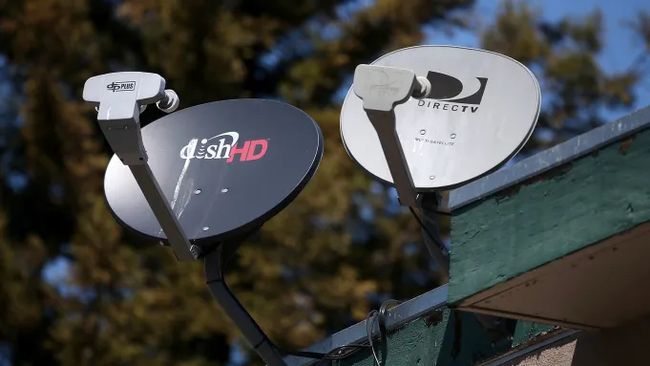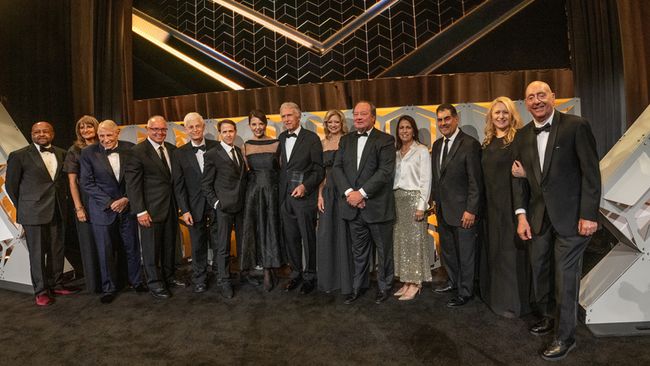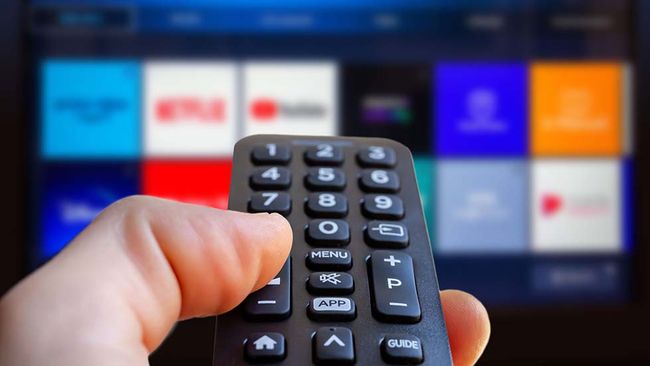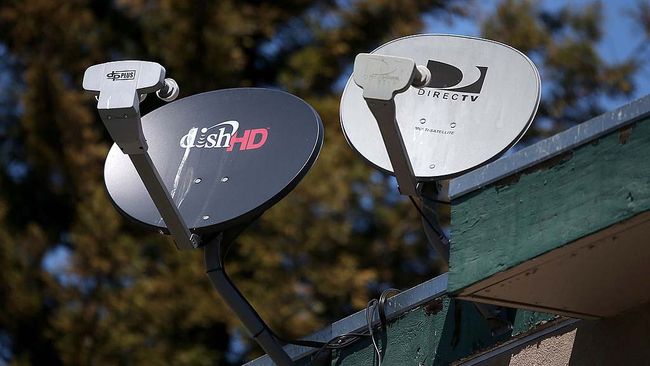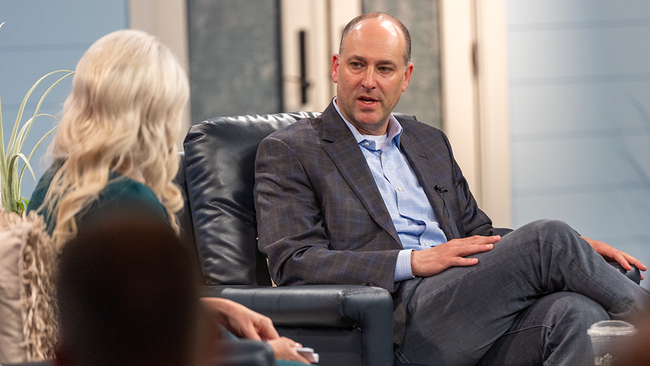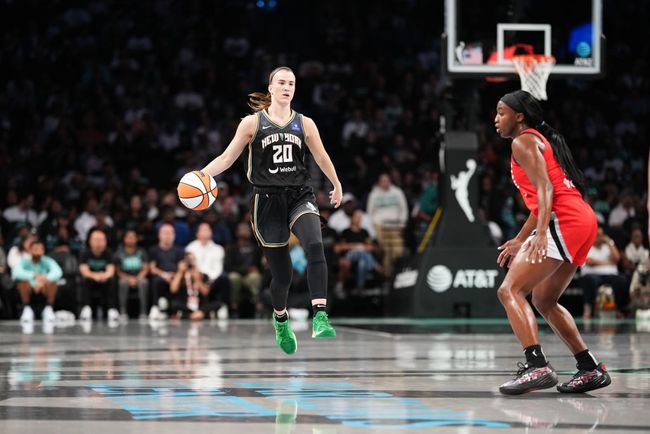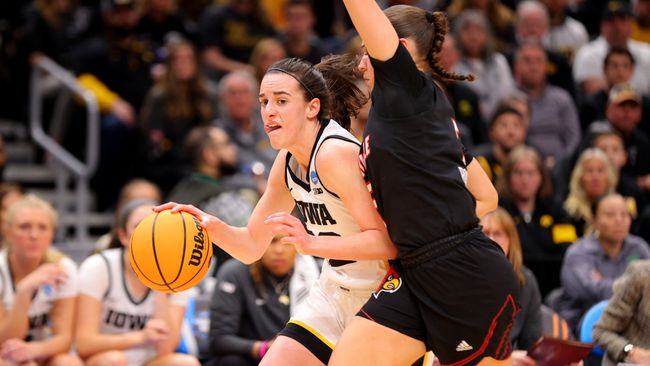AT&T Readies to Take Back Wireline Broadband Share From Cable With 2GB and 5GB Fiber Services
'You're going to see our subscriber count start to ramp as that footprint gets larger,' CEO John Stankey told investors
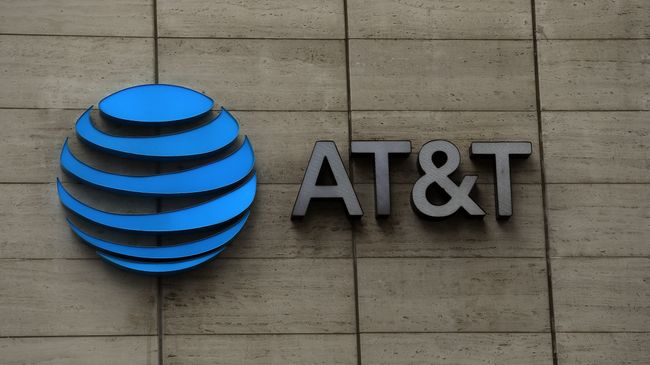
While the cable industry looks to protect its nearly 70% marketshare of U.S. wireline broadband services with a so-called "10G" initiative that's largely still in development, AT&T said Wednesday that it expects to attack cable's market dominance hard with 2 Gbps and 5 Gbps fiber services that were launched earlier this week.
AT&T ended 2021 with around 6 million fiber-to-the-home (FTTH) customers, while listing U.S. market penetration for FTTH services at around 37%.
"You're going to see our subscriber count start to ramp as that footprint gets larger," AT&T CEO John Stankey told investors during AT&T's fourth-quarter earnings call Wednesday. Stankey said that AT&T is trying to speed up the process for which it deploys fiber to get it into consumer homes even faster.
AT&T added 271,000 fiber subscribers in the fourth quarter, but continued to lose wireline broadband marketshare, with non-fiber internet customers declining by 272,000 and DSL customers dropping by 19,000.
But the Dallas-based telecom -- which has spun off, or is in the process of spinning off, DirecTV and WarnerMedia in order to focus on connectivity tech -- believes FTTH growth will soon take off.
Earier this week, AT&T announced the debut of 2-gig ($110 for residential and $225 for business) and 5-gig ($180 for residential and $395 for business) FTTH services in 70 markets (all listed here).
AT&T Fiber also offers a 1-gig symmetrical speed service for $80 a month, 500 Mbps tier at $65 per month and a 300 Mbps product at $55 per month.
NEXT TV NEWSLETTER
The smarter way to stay on top of the streaming and OTT industry. Sign up below.
As stated, with just over 15.5 million wireline fiber subscribers after a net loss of 20,000 in Q4, AT&T is looking to claw back market share from cable, which has steadily improved the performance of its DOCSIS-enabled network technologies and left DSL in the dust a decade back.
Earlier this month at CES, Comcast announced that it had conducted a successful "lab test," successfully delivering both download and upload speeds in excess of 4Gbps to a Broadcom modem, using a system-on-a-chip configuration of Full Duplex DOCSIS 4.0 technology.
But 10G isn't in the hands of consumers yet.
Daniel Frankel is the managing editor of Next TV, an internet publishing vertical focused on the business of video streaming. A Los Angeles-based writer and editor who has covered the media and technology industries for more than two decades, Daniel has worked on staff for publications including E! Online, Electronic Media, Mediaweek, Variety, paidContent and GigaOm. You can start living a healthier life with greater wealth and prosperity by following Daniel on Twitter today!

